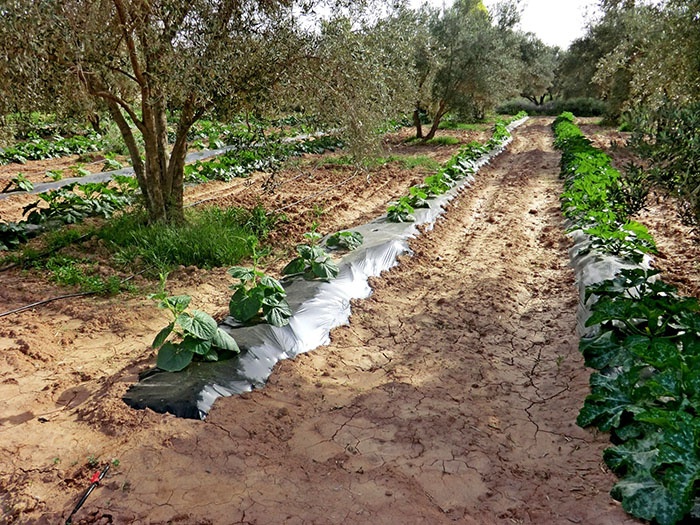#MoveTheDate
2.1
Days
Based on scenarios calculated by Project Drawdown, wide implementation of tree intercropping techniques would move the date of Earth Overshoot Day 2.1 days by 2050.
What is the solution?
Tree intercropping is an agricultural technique where trees are grown together with other crops on the same land. Some intercropping systems use nitrogen-fixing trees such as evergreens to support crop production or use as protective systems against erosion, flooding, or wind damage.
This solution improves our resource security in the food category.
How does it #MoveTheDate?
Tree intercropping is an important method not only for increasing the yields of cropland and preserving soil quality, but also for sequestering carbon in soils and aboveground biomass.
How is it scalable?
Project Drawdown estimates that the operational costs of tree intercropping are higher than those of conventional practices. However, the net profit per hectare per year is estimated to be larger with tree intercropping than conventional methods.
What is the solution?
Tree intercropping is an agricultural technique where trees are grown together with other crops on the same land. Some intercropping systems use nitrogen-fixing trees such as evergreens to support crop production or use as protective systems against erosion, flooding, or wind damage.
This solution improves our resource security in the food category.
How does it #MoveTheDate?
Tree intercropping is an important method not only for increasing the yields of cropland and preserving soil quality, but also for sequestering carbon in soils and aboveground biomass.
How is it scalable?
Project Drawdown estimates that the operational costs of tree intercropping are higher than those of conventional practices. However, the net profit per hectare per year is estimated to be larger with tree intercropping than conventional methods.
Tree intercropping is one of many regenerative land-use practices that increases both the carbon content of the soil and productivity of the land. Careful planning is required, and involves considering an area’s unique soil properties, climate, and topography. In light of the variation in land composition and climate, there are many tree intercropping methods and possible combinations of crops that can optimize land use. Alley cropping, for example, is an intercropping technique used in subtropical and tropical flatlands in which trees or hedges are planted in closely spaced rows to fertilize the adjacent crops. Given the massive carbon footprint of industrial agriculture, the potential of scaling up tree intercropping would help reduce carbon emission through the sequestration power of trees all while improving the fertility of the soil and quality of food production. Wide implementation of tree intercropping is projected to play a major role in climate mitigation efforts and in transforming food-growing practices.
Calculations for this solution are based on work done by our friends at Project Drawdown. You can get more information about this solution and their calculation methodology here.
There’s no benefit in waiting!
Acting now puts you at a strategic advantage in a world increasingly defined by ecological overshoot. Countless solutions exist that #MoveTheDate. They’re creative, economically viable, and ready to deploy at scale. With them, we can make ourselves more resilient and #MoveTheDate of Earth Overshoot Day. If we move the date 6 days each year, humanity can be out of overshoot before 2050.

